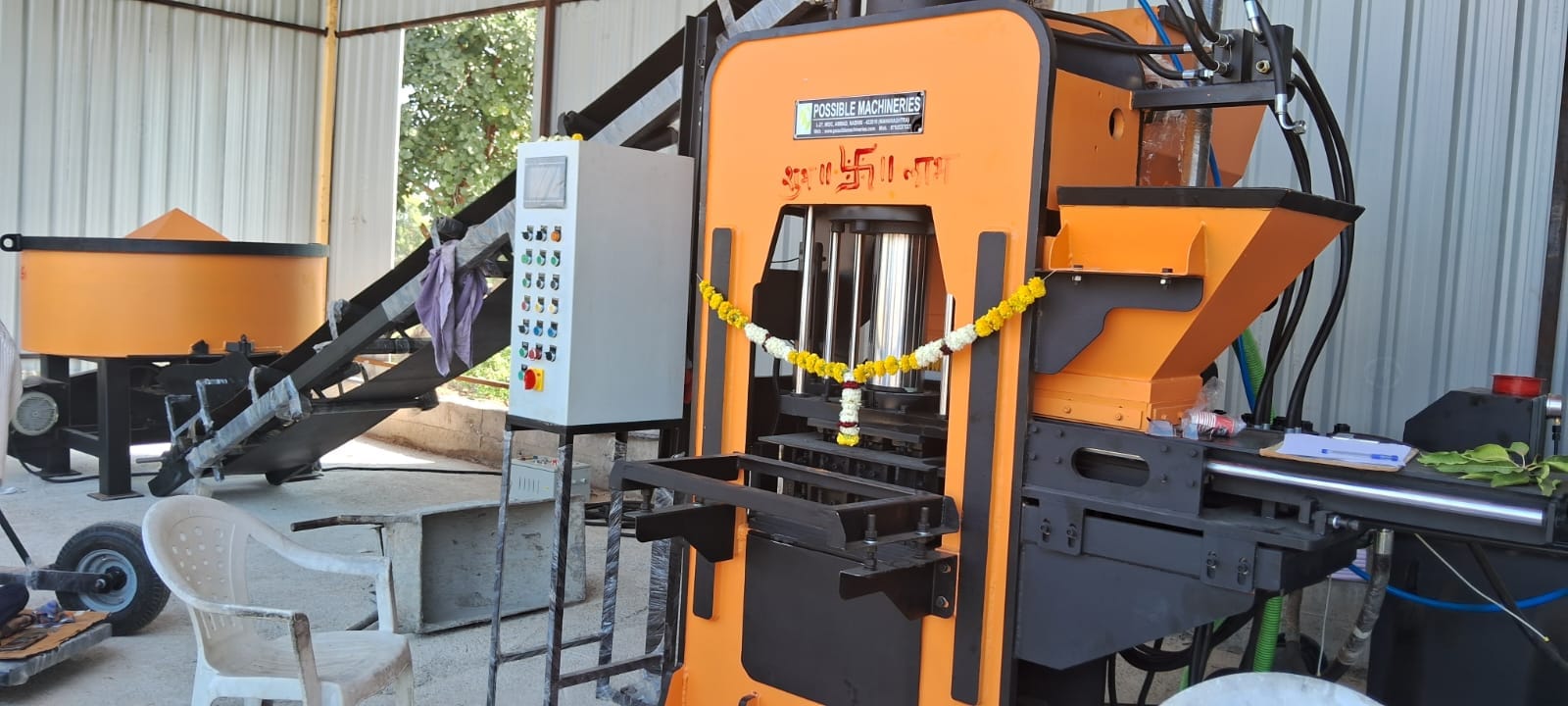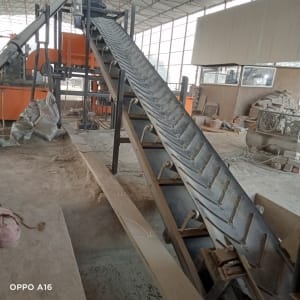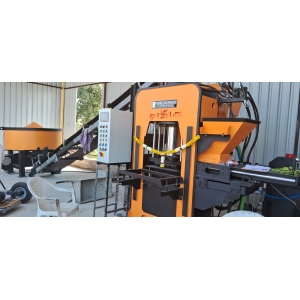PM 18000 AUTOMATIC FLYASH BRICKS MAKING PLANT
₹3,244,999.00
PM 18000 Automatic Flyash Bricks Making Plant – State-of-the-art, fully automated machine delivering up to 18,000 premium fly ash bricks per shift, ensuring exceptional quality, maximum productivity, and cost-efficient performance for high-volume construction demands.
Description
20000/Bricks Per Shift
Low Electricity Consumption
Lesser Manpower Requirement- minimum- 5 Labours
Minimum shed Requirement- 30X40 ft
Power Requirement- 35HP
Hydraulic Forcess 90 -100 Tons
Easy Mode of Operations
Automatic
Semi Automatic
Manual Mode
Turbo Oil Cooling System for Longer Operations
Screws Fitted Alloy Molds –
Replaceable Liners, Enhances Mold life
9”X4”X3” – (6 Cavity)
9”X6”X4” – (5 Cavity)
PM 18000 Automatic Fly Ash Bricks Making Plant
High-Speed, High-Volume Brick Manufacturing for a Greener Tomorrow
As urban infrastructure and housing demands continue to rise, so does the need for high-quality, eco-friendly, and cost-effective construction materials. The PM 18000 Automatic Fly Ash Bricks Making Plant is engineered to meet these demands with precision, speed, and sustainability. Designed to produce up to 18,000 bricks per shift, this advanced automatic plant is the perfect solution for industrial-scale brick manufacturing using fly ash—a waste material from thermal power plants that is repurposed into a valuable resource.
Why Choose the PM 18000 Plant?
High Output: Up to 18,000 fly ash bricks per 8-hour shift.
Fully Automated Operation: Reduces labor dependency and increases efficiency.
Eco-Friendly: Utilizes fly ash, reducing environmental waste.
Uniform Quality: Consistent shape, strength, and surface finish.
Customizable: Compatible with molds for solid bricks, hollow bricks, and pavers.
Key Machinery in the PM 18000 Fly Ash Bricks Plant
1. Fly Ash and Cement Silos with Screw Conveyors
Function: Bulk storage of fly ash and cement.
Screw Conveyor: Transfers materials into the batching hopper with minimal dust and spillage.
2. Automatic Batching System
Components: Load cell-based hoppers for fly ash, cement, sand, and water.
Function: Weighs and mixes ingredients as per the set mix design.
Advantage: Precise material dosing ensures consistent brick strength and density.
3. High-Speed Pan or Planetary Mixer
Capacity: Typically 500 to 1000 kg per batch.
Function: Thoroughly mixes materials into a uniform concrete slurry.
Features:
Automatic water dosing
Timer-based mixing cycles
Option for dual-stage mixing (dry + wet)
4. Automatic Fly Ash Brick Press (Hydraulic + Vibro Press System)
Core Machine of the plant.
Function: Compresses mixed material into bricks using synchronized vibration and hydraulic pressure.
Capacity: 10–12 bricks per cycle, depending on mold size.
Cycle Time: 10–12 seconds per cycle.
Output: High-density, crack-free bricks with uniform finish.
5. Pallet Feeder and Pallet Conveyor
Function: Automatically feeds pallets into the press machine and transfers bricks to stacking area.
Benefit: Reduces manual handling and speeds up the production cycle.
6. Brick Ejector and Automatic Stacker
Function: Ejects and stacks finished bricks for curing.
Automation: Semi-automatic or fully automatic options available.
7. Curing Racks or Curing Chamber
Purpose: Provides ideal temperature and moisture conditions for curing.
Methods:
Open yard curing (natural)
Steam curing chambers (faster and controlled)
Optional Add-On Equipment
Color Mixer and Feeder (if producing colored bricks or pavers)
Pallet Stacker and Auto Loader: For organized stacking and loading of bricks.
Dust Extraction and Recycling Unit: Keeps the plant clean and eco-compliant.
PLC + SCADA Control Panel: Enables real-time monitoring and automation control.
Water Recycling System: Minimizes freshwater usage in the mixing process.
Production Flow Chart
Raw Material Storage (Silos/Bins)
Automatic Batching
Mixing
Pressing and Forming Bricks
Ejecting and Stacking
Curing
Final Product Dispatch
Applications of Fly Ash Bricks
Residential and commercial building walls
Boundary walls and fencing
Internal partitions and non-load-bearing structures
Government-approved construction under eco-housing schemes






Reviews
There are no reviews yet.